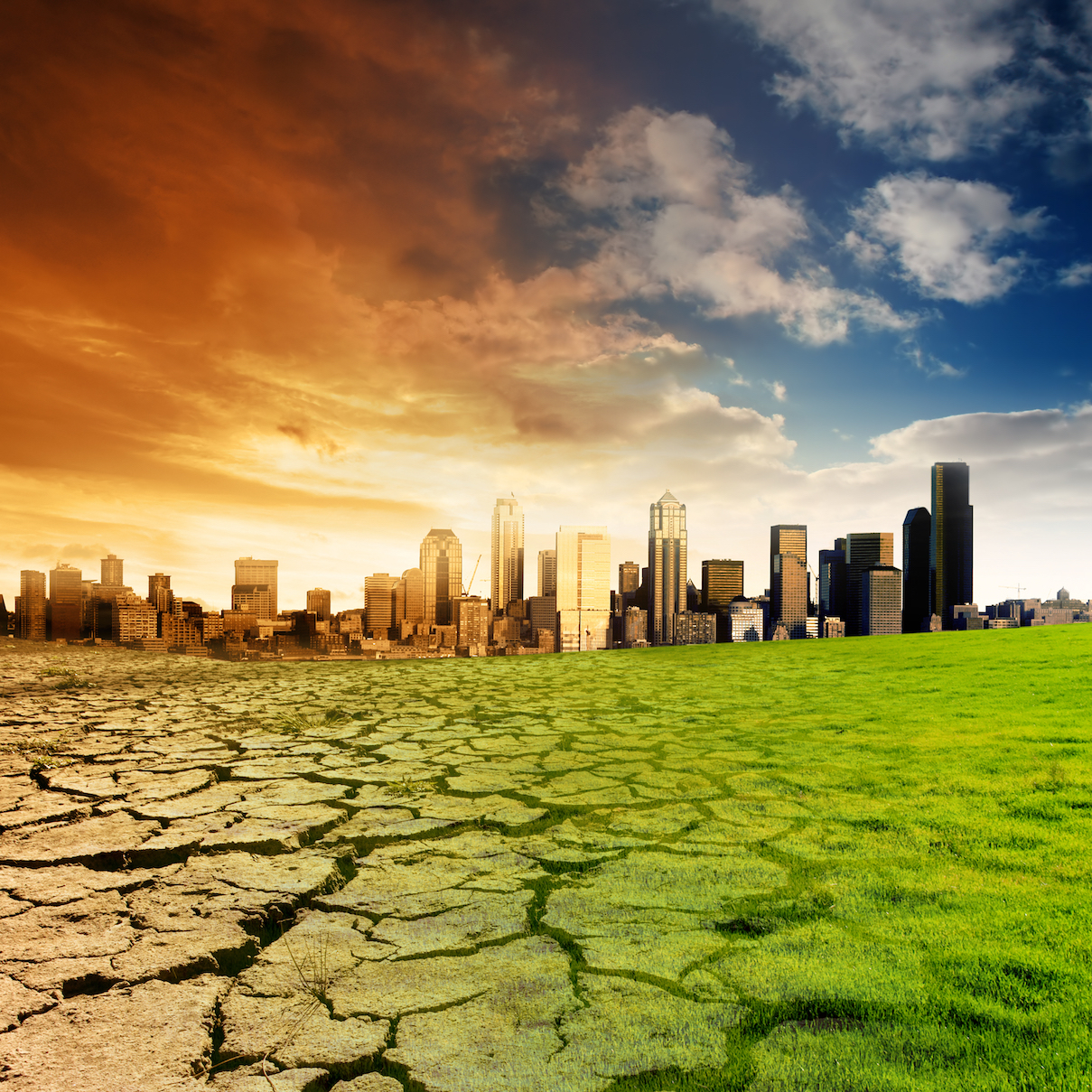
A preview of what a warmer climate will be like in the 2080s
With climate change on the horizon, scientists have begun piecing together what life on planet Earth might look and feel like by the end of this century. According to a new study, over 75% of plant and animal species in England will be significantly affected by climate change by the year 2100.
The research comes from the University of York and predicts that more than half of 3,000 species of plants and animals in England could significantly expand their populations into different areas of the country to avoid the ill effects of climate change.
“In England we’re likely to see more winners than losers if we manage land in the right places to facilitate expanding populations,” said Colin Beale of the University of York. “This research will also help us identify where we have the best chance to help species that are at most risk.”
The team, which includes researchers at the University of Reading, the British Trust for Ornithology, and Natural England, also found that 27 percent of species may not find suitable climate in the areas they currently occupy.
Northern and upland species were found to be the most vulnerable, which includes birds like the dotterel and red grouse, flowering plants such as crowberry, and damp-loving mosses, the study said.
However, wasps, bees, ants and many southerly distributed species such as Dartford warbler and emperor dragonfly, are likely to thrive in warmer conditions and could expand to new areas of the country.
“This research provides valuable information for nature conservationists, who need to plan for changing species’ distributions and an uncertain future,” said James Pearce-Higgins, Director of Science at the British Trust for Ornithology, and lead author of the study.
The researchers compiled a study of 400 species and the factors known to make them more vulnerable to climate change.
With these factors included, the proportion of wildlife at risk from climate change increased to 35 percent, while 42 percent may be able to expand their populations.
The study emphasizes the need to protect and expand networks of habitats so that species can successfully colonize new areas.
“Climate change is a big challenge to conservationists; we need to ready to protect species where they have the best chance in the future, which will not always be the same places as in the past,” said Dr. Mike Morecroft, Principal Specialist in Climate Change at Natural England. “Good science is more important than ever to ensure good decision making.”
—
By: David Beasley, Earth.com Staff Writer
Source: University of York













